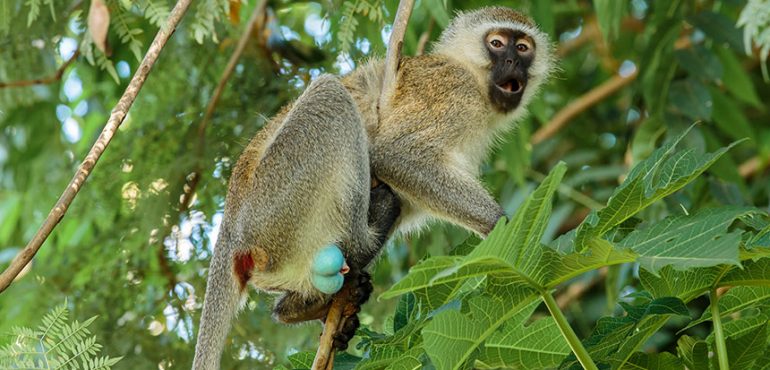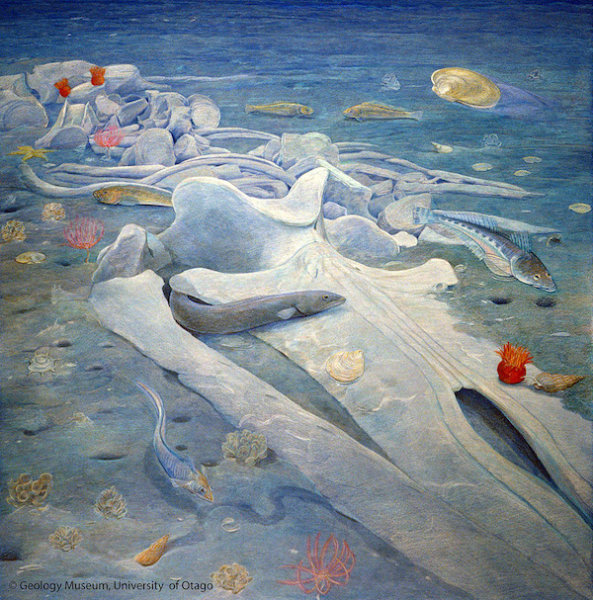Scientists from the University of Leicester have shed new light on why mass extinctions have occurred through history -- and how this knowledge could help in predicting upcoming ecological catastrophes. The international team has investigated sudden ecological transitions throughout history, from mass mortality events in the far past to more recent extinctions which have occurred…
Read more
Unravelling the reasons why mass extinctions occur










